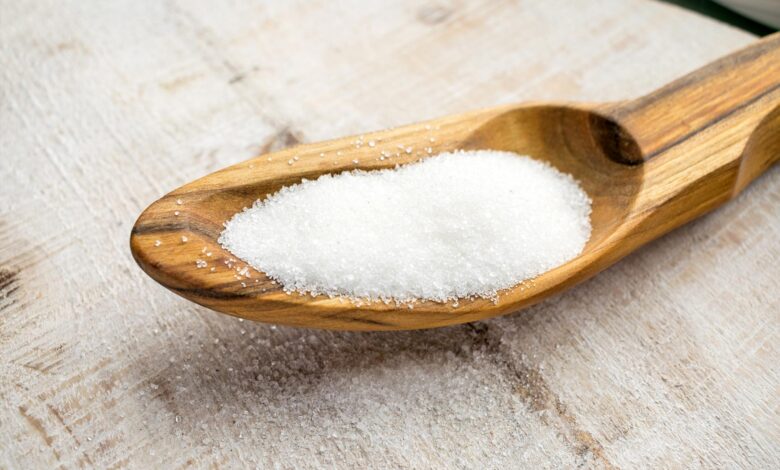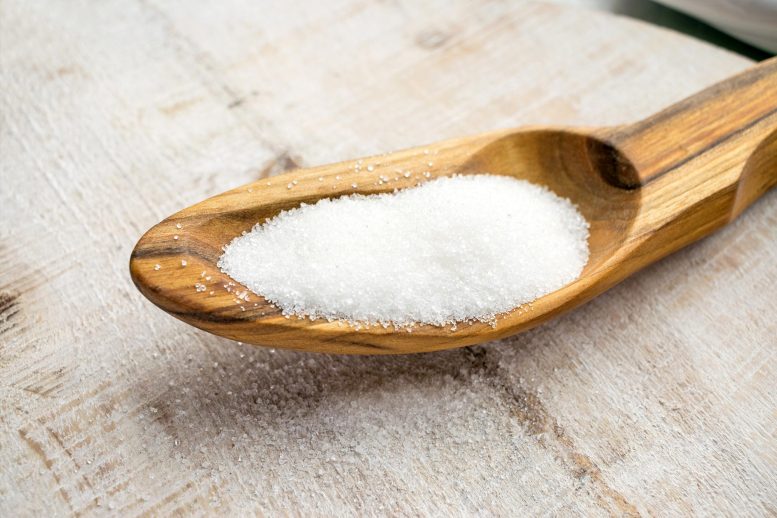Scientists Uncover Ecosystem Disrupting Potential of Artificial Sweetener


Sucralose, an artificial sweetener, cannot be broken down by humans or many microorganisms, leading to its presence in water systems. A study found that sucralose alters the behavior of cyanobacteria and diatoms, potentially disrupting ecosystems. More research is needed to understand its full environmental impact.
New research explores the environmental implications of sucralose, showing its potential to disrupt aquatic microbial populations and stressing the need for further research to assess its full impact.
Scientific research has well established that the human body cannot break down sucralose, an artificial sweetener present in numerous zero-calorie foods and beverages. Due to its stability, sucralose can pass through wastewater treatment processes and consequently, it is found in drinking water and aquatic ecosystems.
“We can’t break down sucralose, and a lot of microorganisms can’t break it down, either, because it’s a really tough molecule that doesn’t degrade easily. So there are a lot of questions about how it is affecting the environment and whether it’s something that could impact our microbial communities,” said Tracey Schafer, an assistant research scientist for the University of Florida’s Whitney Laboratory for Marine Bioscience and the soil, water and ecosystem sciences department, part of UF’s Institute of Food and Agricultural Sciences.
Study on Cyanobacteria and Diatoms
Schafer is a co-author of a recently published study demonstrating how sucralose affects the behavior of cyanobacteria — an aquatic photosynthetic bacteria — and diatoms, microscopic algae that account for more than 30% of the primary food production in the marine food chain.
Researchers collected soil and water from a freshwater site and a brackish water site in Marineland, Florida. Back at their St. Augustine lab, they exposed samples to different sucralose concentrations and measured photosynthesis and microbial respiration in two separate time studies: every four to six hours during a single day and every 24 hours over the course of five days.
Compared to a control group, the concentration of freshwater cyanobacteria increased when samples were exposed to sucralose, but the concentration of brackish cyanobacteria spiked and then crashed when dosed.
“There is the potential that the freshwater communities might be mistaking sucralose for a nutrient, for a sugar that they can use as food,” said Amelia Westmoreland, the study’s lead author and a scientific researcher who worked on the project while completing her undergraduate degree in chemistry.
Potential Risks and Further Research Needed
Both freshwater and brackish diatoms exposed to sucralose displayed an overall decreasing trend in population compared to a control group. The difference between dosed samples and the control group was most profound, however, in the freshwater experiments.
Sucralose’s ability to both increase and decrease microbial community populations could potentially threaten a naturally balanced ecosystem, Westmoreland said.
“Extreme examples of how this could play out are the diatom community could disappear, and the other extreme is this community could completely overtake everything else,” she said.
Both Schafer and Westmoreland said more research is needed to fully understand sucralose and its impact on aquatic environments.
“I think this study was a good first step in starting to look at how sucralose could impact our aquatic communities, and hopefully it will drive more research forward,” Schafer said.
Reference: “Sucralose (C12H19Cl3O8) impact on microbial activity in estuarine and freshwater marsh soils” by Amelia G. Westmoreland, Tracey B. Schafer, Kendall E. Breland, Anna R. Beard and Todd Z. Osborne, 13 April 2024, Environmental Monitoring and Assessment.
DOI: 10.1007/s10661-024-12610-5



